International Day of Monuments and Sites
1. Sabah Tourism Board building (Kota Kinabalu)
As a pre-war post office, it was built in 1916 and now serves as a tourist centre for the Malaysian state of Sabah. It is an example of a historic building that, despite bomb damage, managed to survive World War II. The colonial-style building was originally constructed of wood, but over time, the structure underwent renovations and restorations, including the installation of a stone wall.
A KM 0 plaque was unveiled in front of the Sabah Tourism Board building on 16 March 2011 to designate this location as the starting point for all places in Sabah. In 2018, the building was gazetted as a heritage site by the Sabah Heritage Council. The Sabah Tourism Board is conveniently located in the city centre, within walking distance of various restaurants along Gaya Street, shopping malls, city attractions, and the Jesselton Jetty, which provides access to nearby islands.
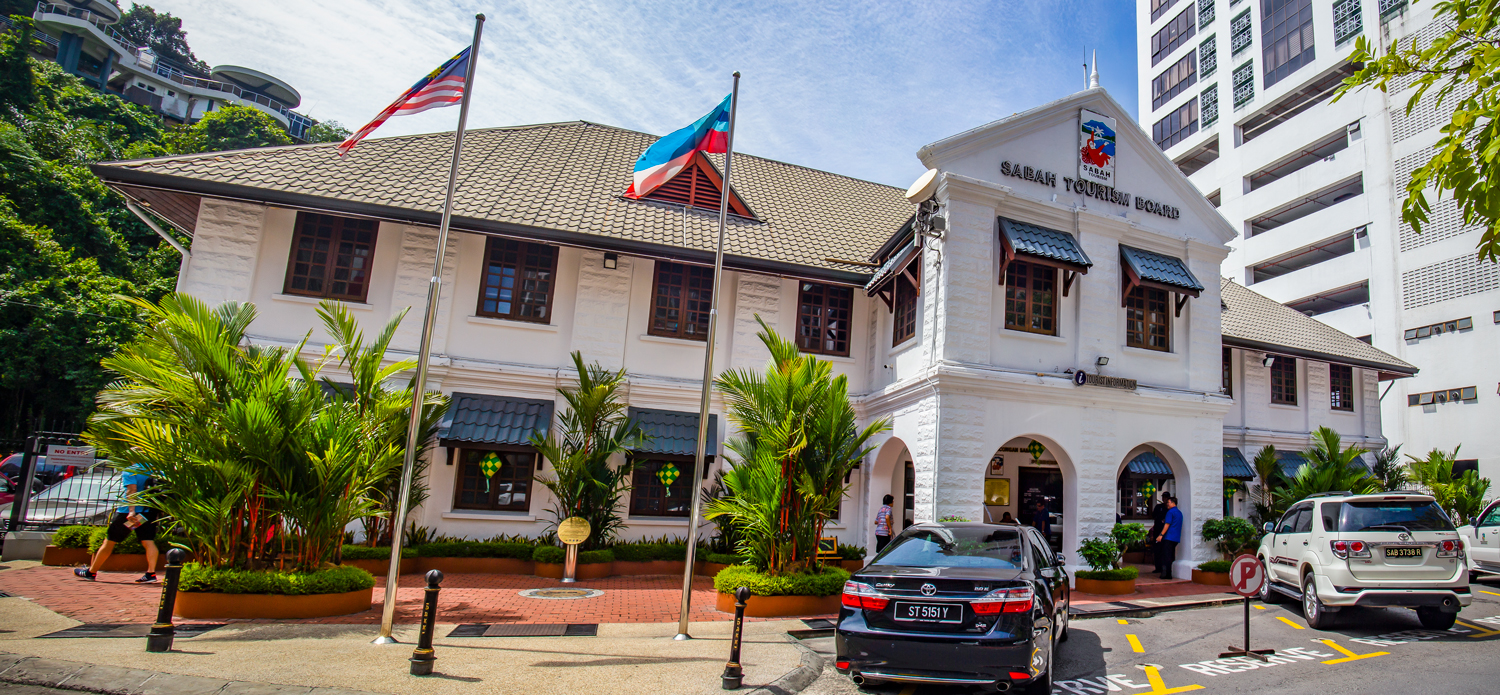
2. Atkinson Clock Tower (Kota Kinabalu)
Standing tall on the slope of Signal Hill, the Clock Tower is known as the oldest wooden structure in Sabah that survived the bombings of Jesselton town (now Kota Kinabalu) during World War II. It was built in 1905 by Mary Edith Atkinson in memory of her son Francis George Atkinson, who died of malaria at the age of 28. He was Jesselton’s first district officer during the British North Borneo Chartered Company Administration.
The tower is next to Australia Place, which has hipster cafes as well as wine and dining establishments. Visitors must travel to the Signal Hill Observation Platform, which is reachable via a staircase from the Atkinson Clock Tower, in order to get a panoramic view over Kota Kinabalu City and the South China Sea.
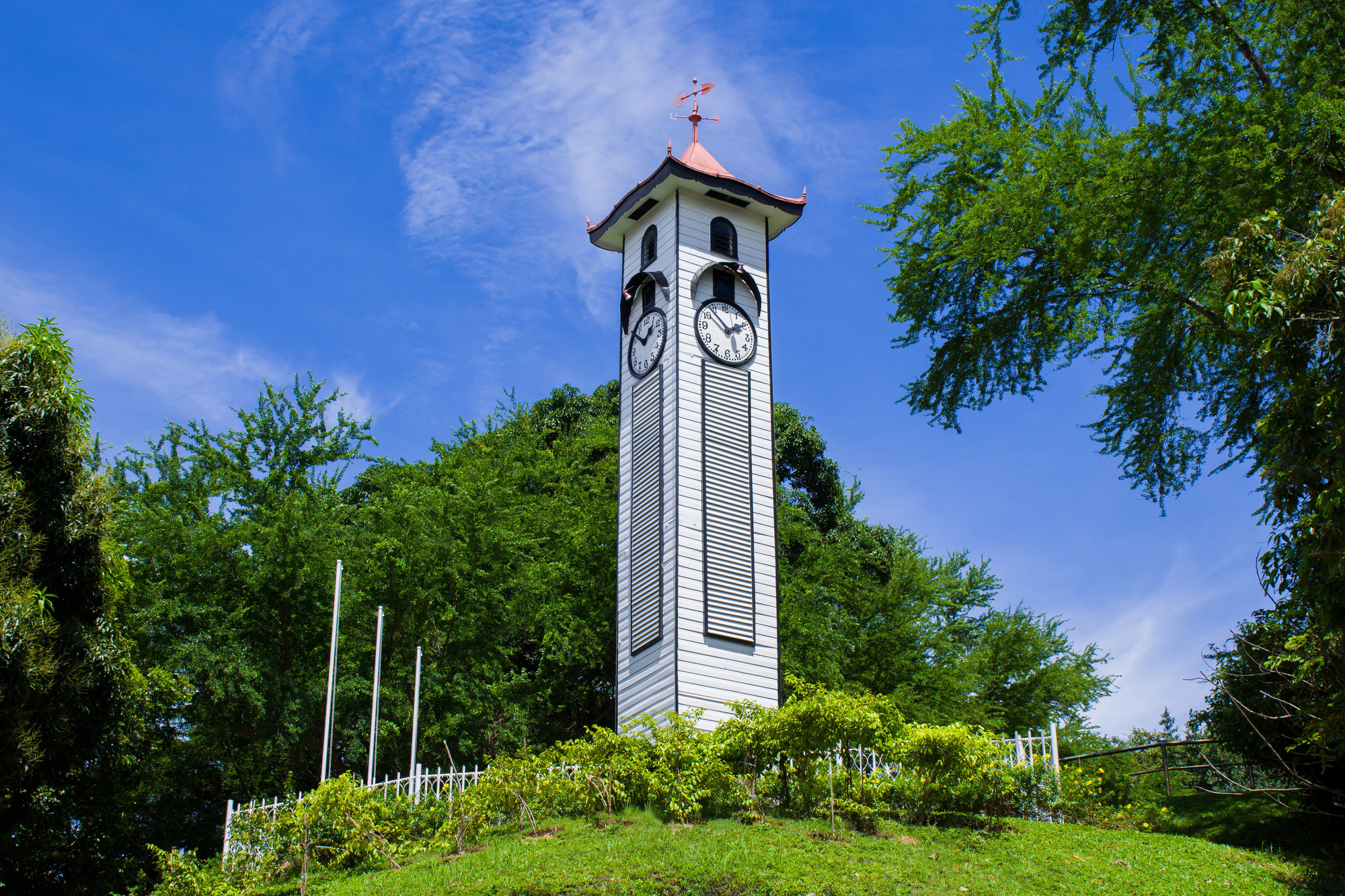
3. North Borneo War Monument (Kota Kinabalu)
Despite its prominent location, this monument is hardly known even by the locals. It was built by the North Borneo Chartered Company on Bond Street (now Gaya Street) in 1923. Originally intended as a tribute to honour British soldiers who lost their lives in World War I, it has since been expanded to include Australian soldiers who died in World War II.
One can still see it now at the city park, which is located opposite the Kota Kinabalu City Hall. A visit to this monument is included in a free walking tour that begins at the Sabah Tourism Board headquarters.
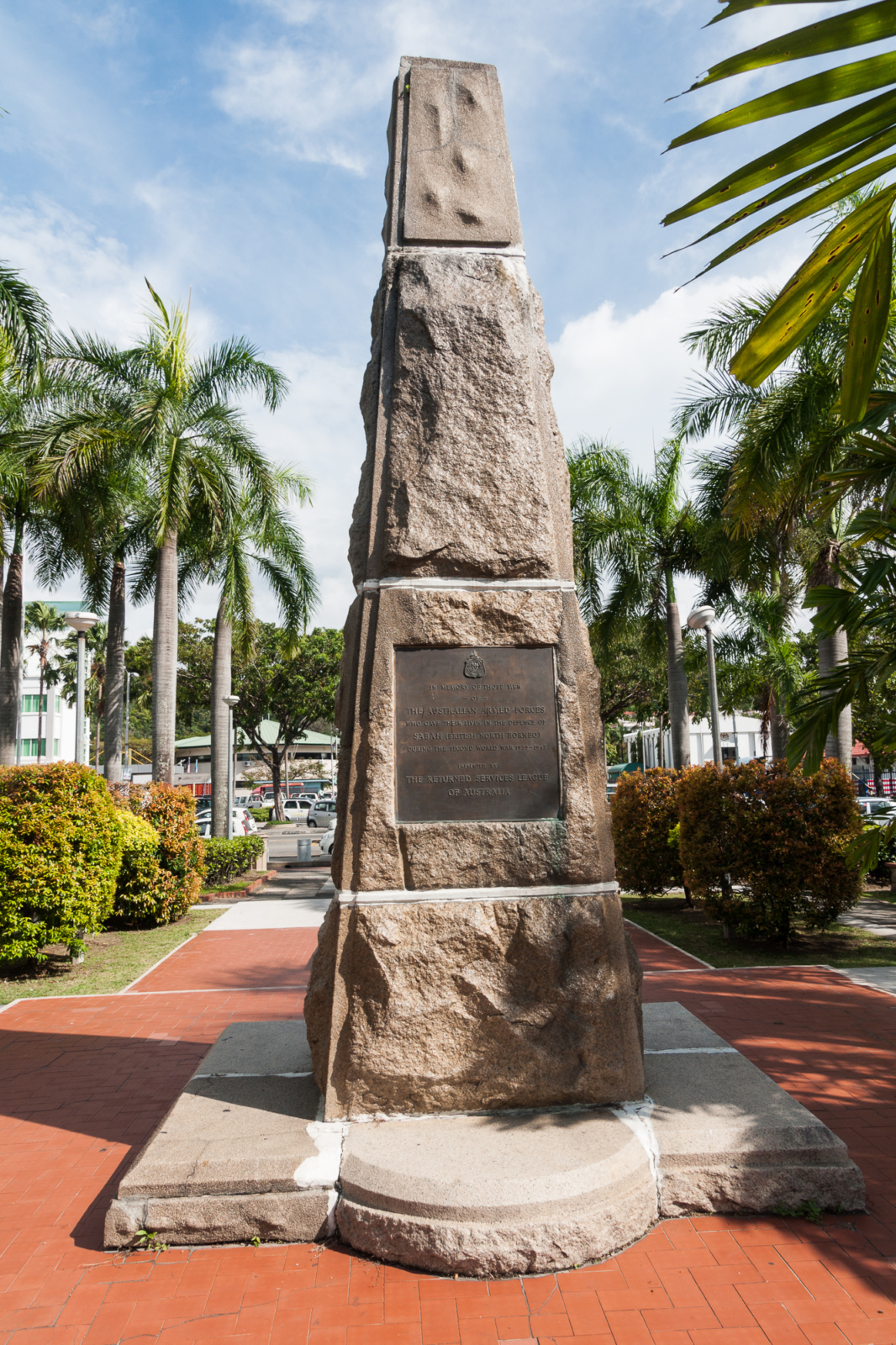
Photo link: https://commons.wikimedia.org/wiki/File:KotaKinabalu_Sabah_NorthBorneoWarMemorial-05.jpg
4. Double Six Monument (Kota Kinabalu)
The obelisk tower stands as a reminder of the June 6, 1976 – a plane tragedy that claimed the life of Sabah’s first Chief Minister, Tun Fuad Stephens, and six other state ministers.
In that incident, an Australian-made Nomad aircraft crashed in Sembulan as it approached the Tanjung Aru airport on its way back from Labuan. The obelisk was erected on the crash site, which has since been transformed into Grace Garden, a small recreational park with a food court.
Managed by the Kota Kinabalu City Hall, a memorial service is held here annually on June 6. Visitors can also check out the Double Six Memorial mini gallery situated near the entrance gate. The exhibition hall displays newspaper clippings, photographs, and plane wreckage fragments, among others.
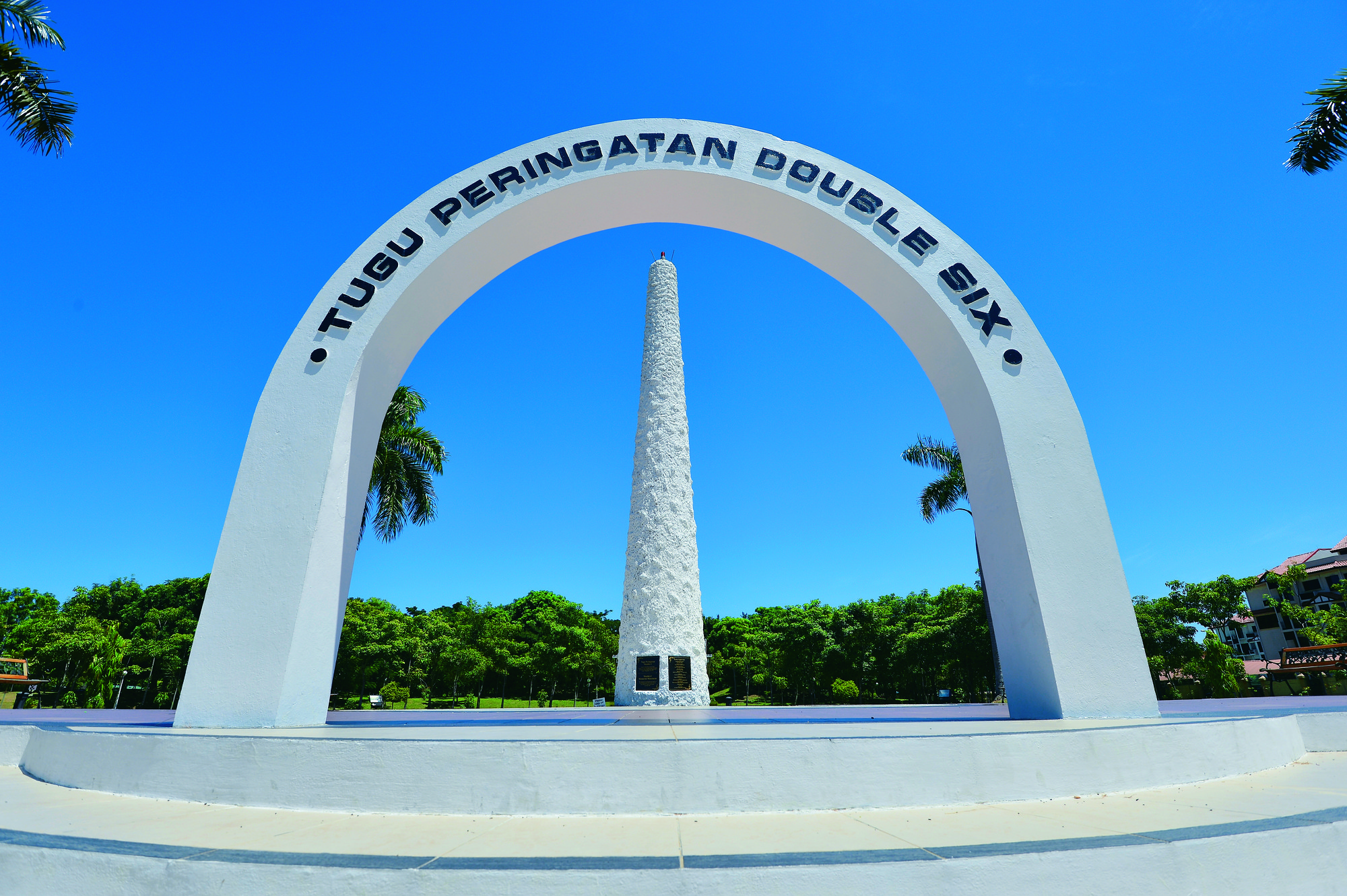
5. Kiau Gap View Monument (Kundasang)
Situated at the Kiau Gap observation station in the Kinabalu Park, a monument was unveiled here on 6 June 2016 to mark the first anniversary of the Sabah earthquake that killed 14 climbers and four mountain guides on Mount Kinabalu. The monument constructed from a boulder that fell from the mountain during the quake serves as a symbol of the people’s grief over the catastrophe.
A brass plaque affixed to it bears the names of those who died, 10 of whom were Singaporean schoolchildren. The Kiau Gap observation station offers visitors a scenic view of the mountain summit nestled among the greenery. At certain times of the day, the mountain will be shrouded in mist. The site is just a kilometre away from the Timpohon Gate (starting point for mountain climbing).
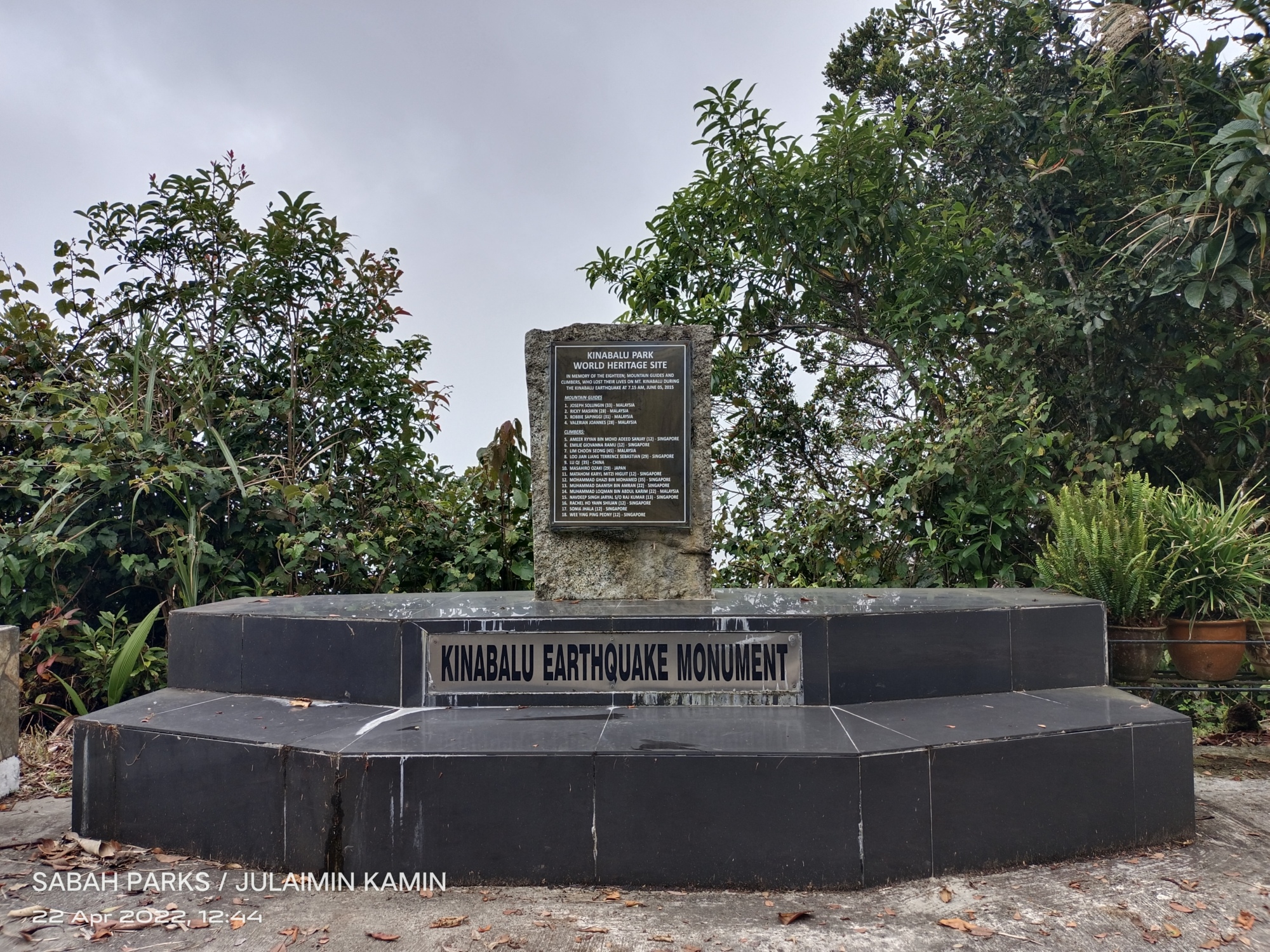
6. Sandakan Memorial Park (Sandakan)
This beautifully landscaped memorial park was built on the site of the former Sandakan POW camp. The annual Sandakan Memorial Day service takes place here on 15 August, making it one of the most notable memorial sites. The memorial site honours all prisoners of war who died during the Sandakan Death Marches, and those died during a march to Ranau. It also acknowledges the sacrifices of the indigenous community in their efforts to rescue POWs.
The memorial park is the first stop on the POW Route of the three death marches. Sandakan was the starting point for the march to Ranau’s final POW camp. In the Kundasang highlands, a similar memorial park – the Kundasang Memorial Park – was built to honour British and Australian servicemen who died during the forced march.
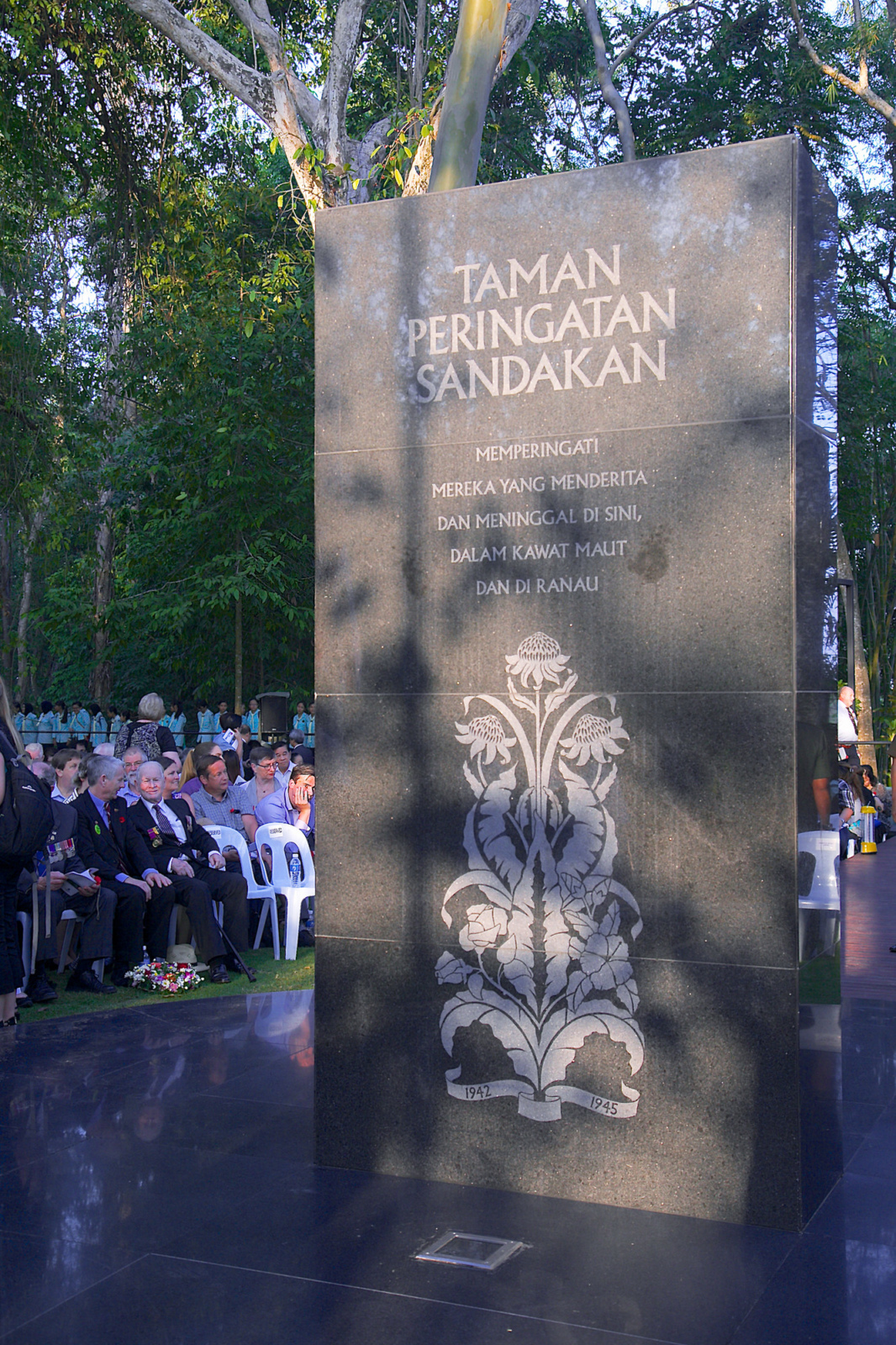
7. St. Michael’s and All Angels Church (Sandakan)
This granite church is Sabah’s oldest stone structure. It was constructed in 1893 and withstood World War II. The church was bombed by Japanese forces in 1945 and was rebuilt after the war. St Michael’s is one of the few remaining old stone structures in Sabah and has been recognised as a world heritage site since 2005. Stained glass windows donated by Australians were put in the church to commemorate the 60th anniversary of the end of World War II.
Walking around the church grounds, you will notice a 1988 memorial stone. There are also time capsules — one to be opened in 2038, the other in 2088. Located on Elton Hill in the heart of Sandakan town, the church is part of the Sandakan Heritage Trail connecting several historical sites.
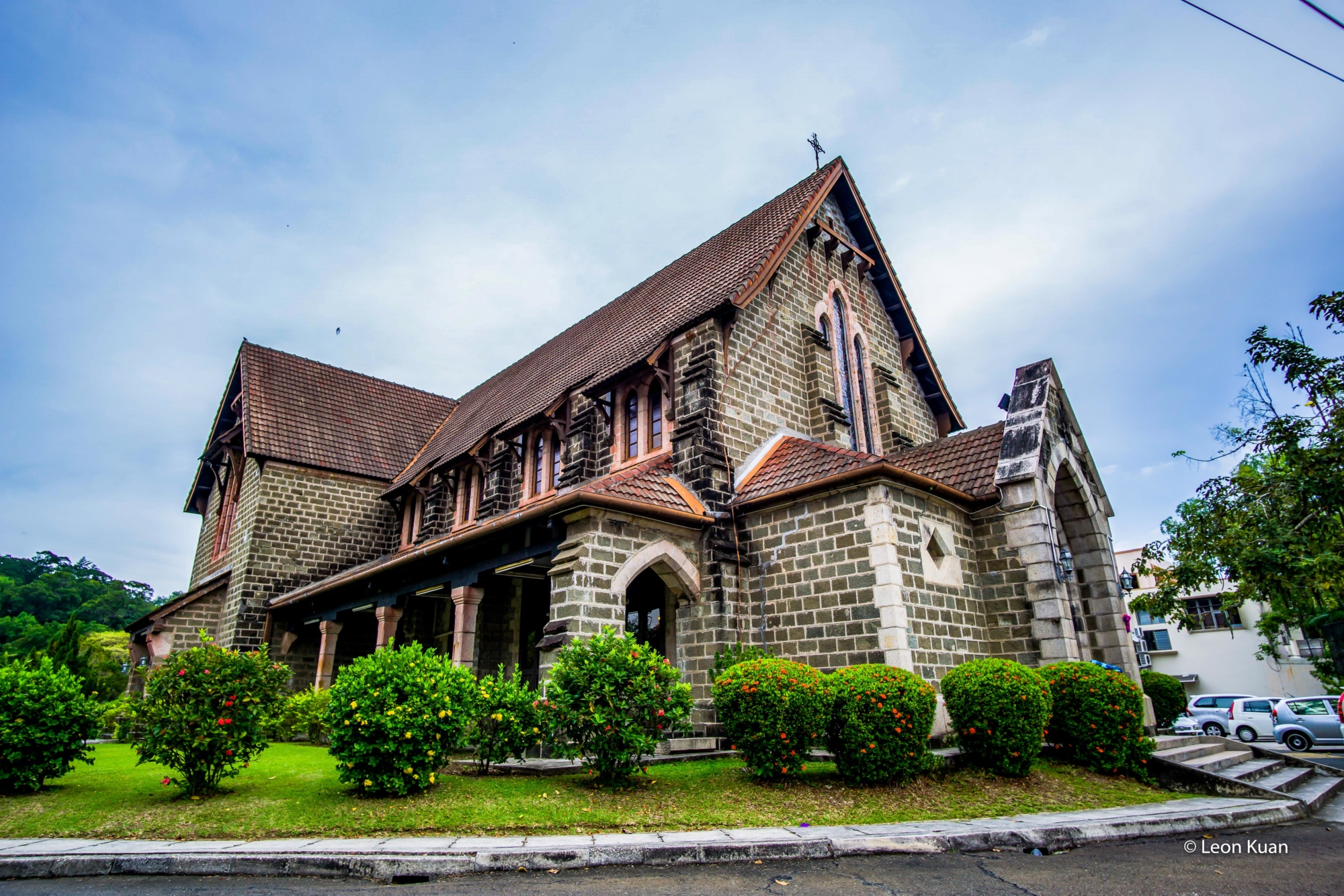
8. William Pryer Monument (Sandakan)
Also part of the Sandakan Heritage Trail, the Monument sits on the Sandakan Municipal Council Square or MPS Square. It was erected in the 1950s and relocated a few times. The monument was erected in memory of William Burgess Pryer, who founded Sandakan in 1879, making him the first British resident in Sandakan.
The monument is also situated near a Celtic-cross shaped monument known as the Chartered Company Memorial dedicated to the British servicemen or employees who were killed at the end of the 19th century while serving in North Borneo.
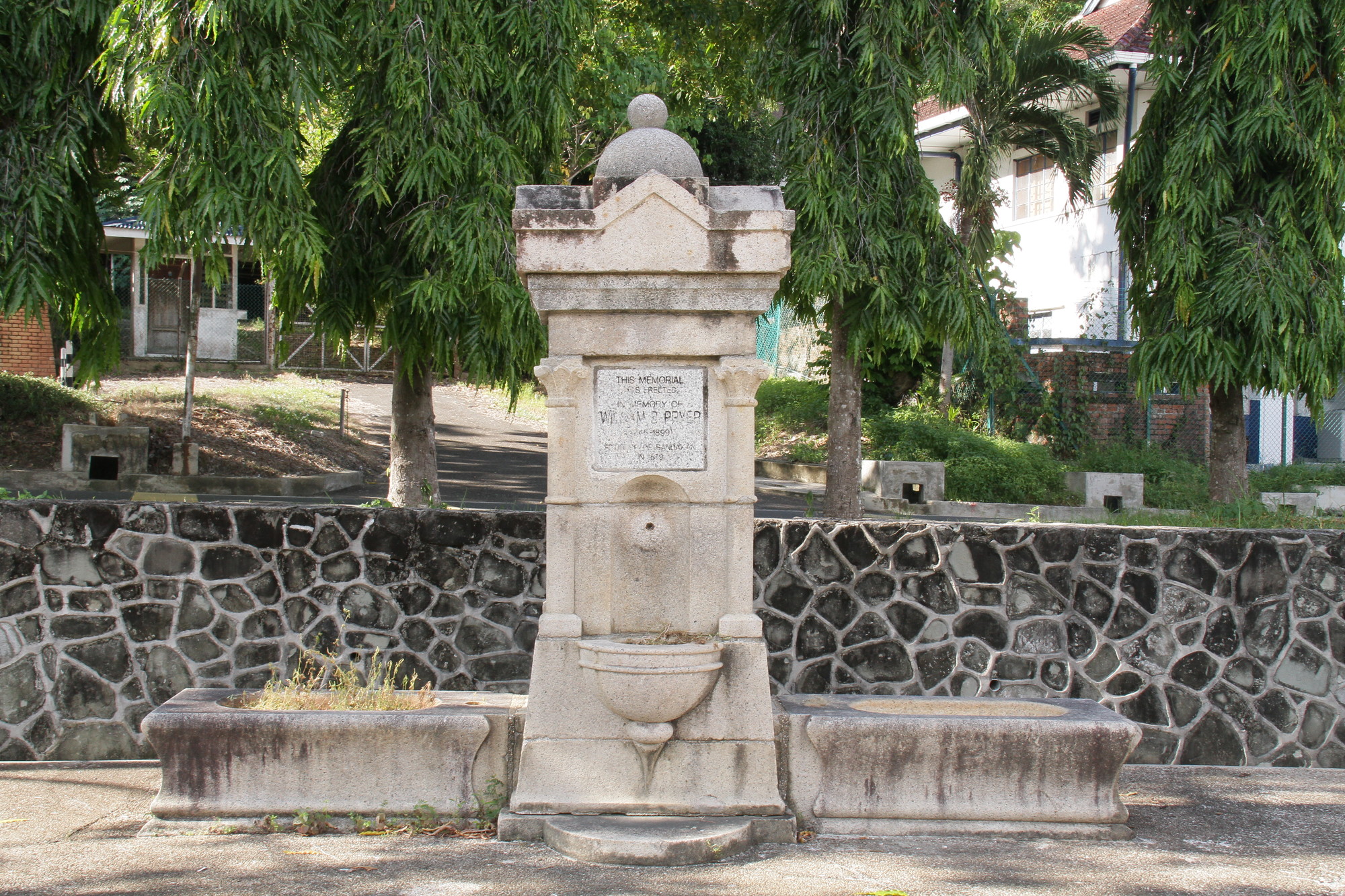
9. Mat Salleh Memorial Monument (Tambunan)
The Mat Salleh Memorial Monument is dedicated to the memory of Datu Paduka Mohammad Salleh Datu Balu (known as Mat Salleh), a local hero who fought for Sabah’s independence and defended the state against foreign invaders during the British Colonial Era.
Under the care of the Sabah Museum, the memorial monument is established in a quiet Tibabar village in the interior district of Tambunan. A plaque mounted on the stone monument indicates the memorial structure was erected here to mark the site of Mat Salleh’s fort which was captured by the North Borneo Armed Constabulary on 1 February 1900.
A visit to the Mat Salleh Memorial Monument provides an opportunity to gain an understanding of the way of life of the Tibabar villagers. Additionally, the memorial site comprises a small exhibition room that contains some items from Mat Salleh’s rebellion during the British occupation.
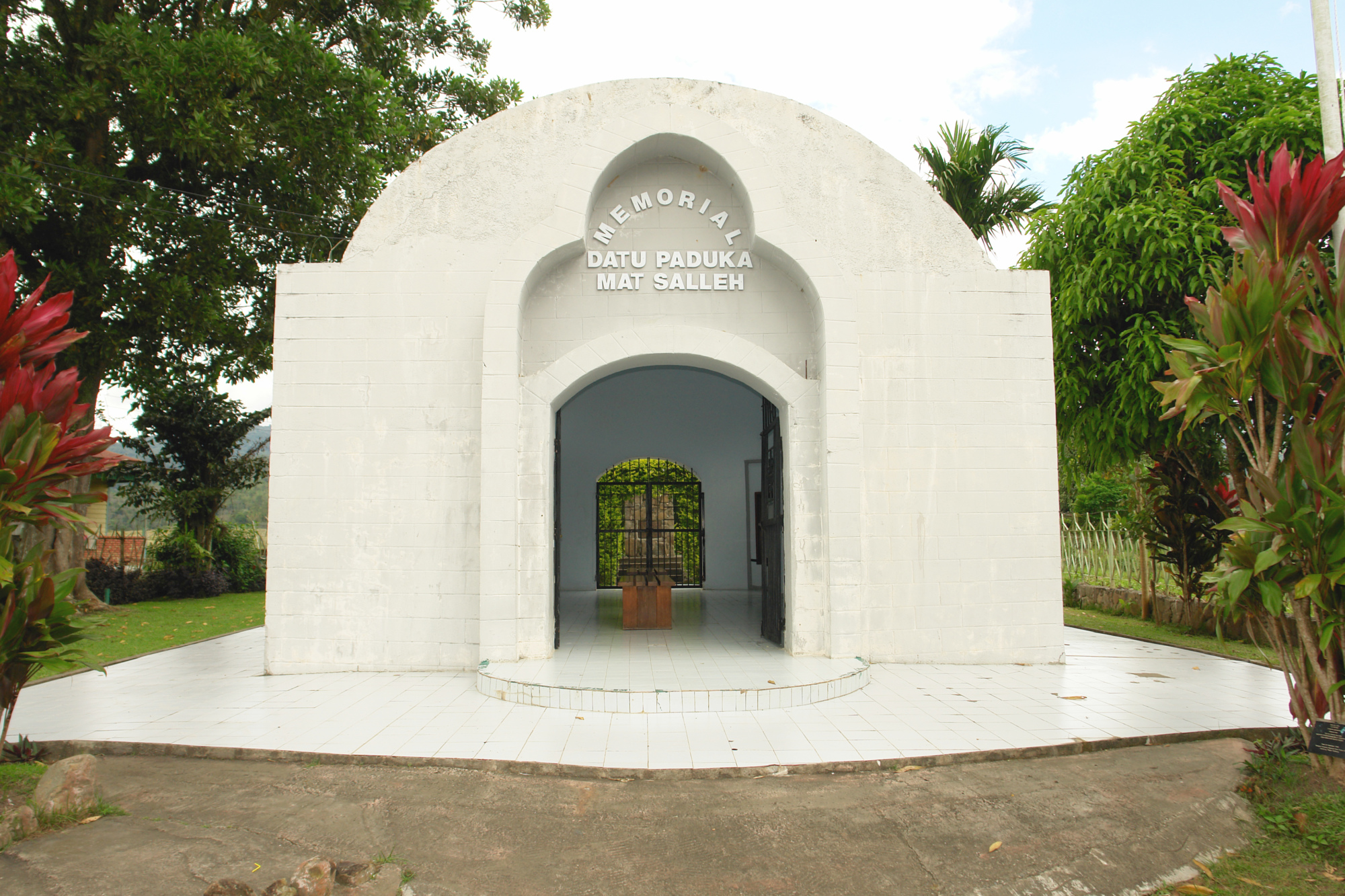
10. Keningau Oath Stone (Keningau)
Erected on 31 August 1964, the people of Sabah hold this stone monument in high regard because of its historical significance. The oath stone was put up to reassure the Sabahans, especially those in the interior, that their rights to religious freedom, land, culture, and customs would be protected throughout the formation of Malaysia.
Keningau is a district in the interior of Sabah with a population that is mostly Kadazandusun and Murut in origin. The oath stone was originally erected at the Keningau district secretariat office. Visitors can now see the historical monument at the Muzium Warisan Keningau, which is open to the public daily
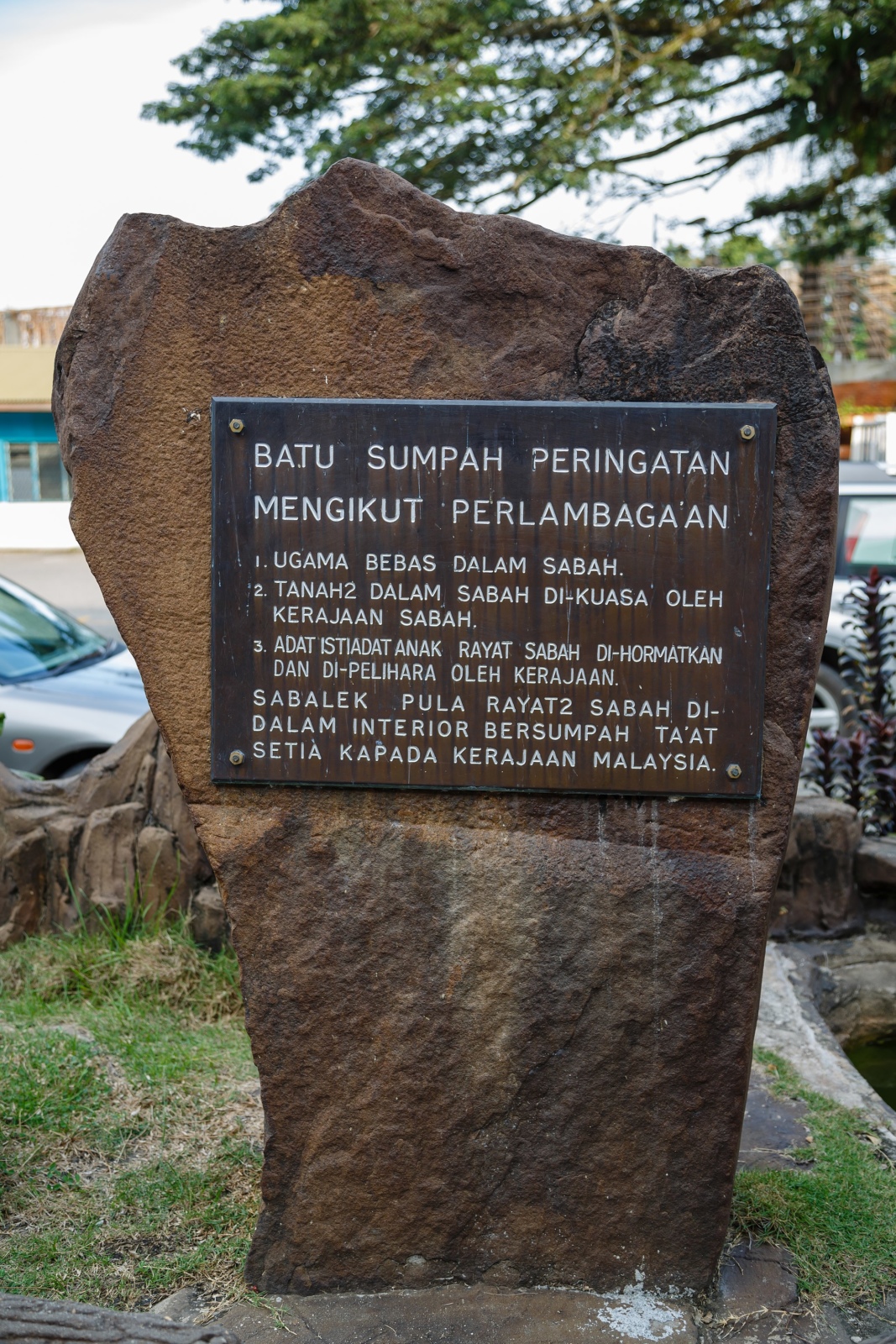
Photo link: https://commons.wikimedia.org/wiki/File:Keningau_Sabah_BatuSumpahKeningau-01.jpg